Teotihuacan Mexico
Representation of the Sky ?

Close to Mexico City is Teotihuacan, the place where gods were born in Aztec language. This 24,000 km2 site, where the monumental constructions of the Pyramid of the Sun and Moon are located, is the oldest on the American continent and precedes the arrival of the Aztecs by at least a millennium. Abandoned, the city of Teotihuacan was reused by Aztec people several centuries later as a place of worship. Built by an unknown indigenous people, Teotihuacan would be a reliable representation of the cosmos and would have sheltered at its peak (around year 500) more than 200 000 inhabitants devoted to the work of obsidian before falling for mysterious reasons around the year 700.
A representation of the sky?
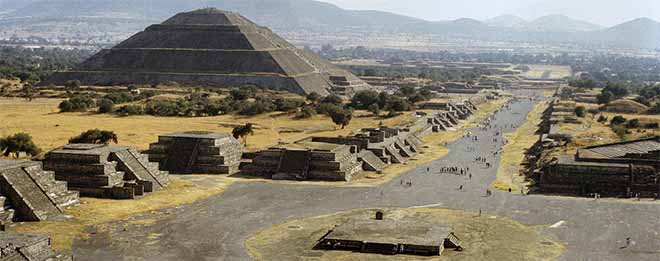
The builders of Teotihuacan had to have excellent astronomical skills since the different monuments and their size ratios correspond exactly to those of the planets of our solar system. This is at least the conclusions of the learned calculations of Hugh Harleston, an American engineer who was interested in the architecture of Teotihuacan in the 1970s.
Pyramids of Teotihuacan
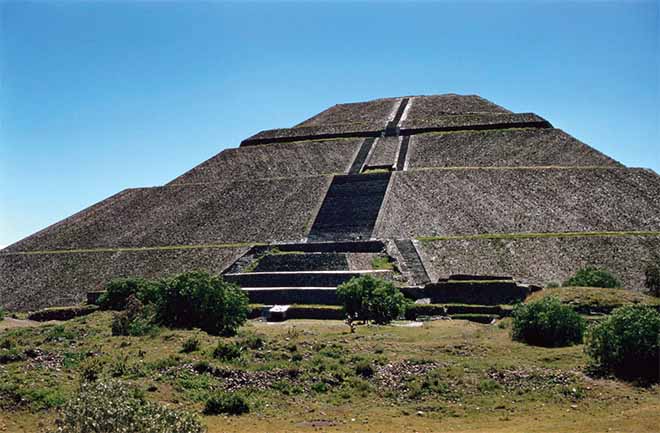
Built just at the beginning of the Christ era, the Pyramid of the Sun is one of the greatest wonders of pre-Columbian America and stands 70 meters high on the Teotihuacan Plateau. The resemblance to the Great Pyramid of Giza is striking, although the Pyramid of the Sun is twice as small and has a platform at the top and stairs to access it. It took 30 years for 3000 men and more than 2 million tons of rocks to build the Pyramid of the Sun.
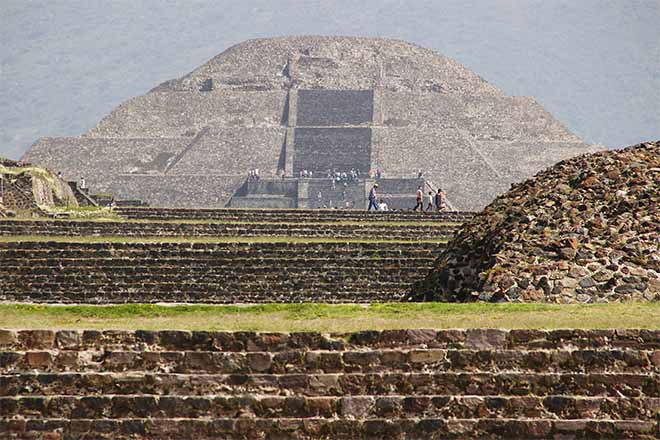
The Pyramid of the Moon is the second most important monument of Teotihuacan. With its square base of 150 meters, the Pyramid of the Moon is more modest than that of the Sun but still very impressive. Its construction began a century later than that of the Pyramid of the Sun and also monopolized the community of Teotihuacan for nearly 30 years.
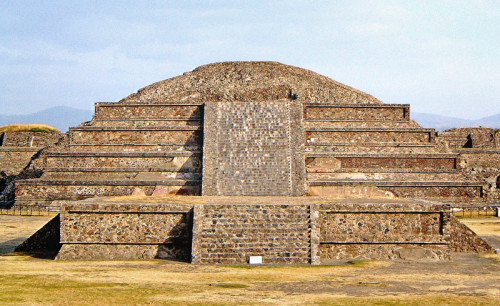
The last remarkable edifice of Teotihuacan is the Pyramid of Quetzalcoatl (the Temple of the Feathered Serpent) erected as a tribute to the bloodthirsty pre-Columbian deity Quetzalcoatl, a kind of snake-like dragon. The place was used during human sacrifices as evidenced by the many tied up corpses discovered under the Temple of the Feathered Serpent. The Pyramid of Quetzalcoatl best fits the image of Mesoamerica and Teotihuacan. Decorated on all sides by many Quetzal gargoyles, it is the oldest representation of the serpent god. The gargoyles, present in the number of 360, were also arranged to designate the solar calendar.
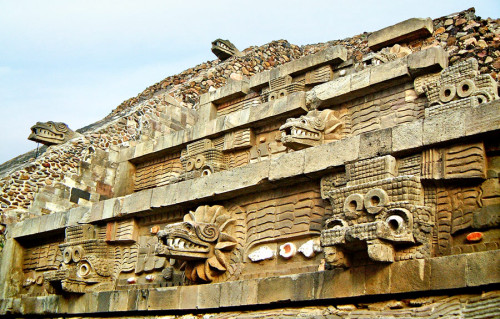
Mysterious undergrounds at the origin of the universe
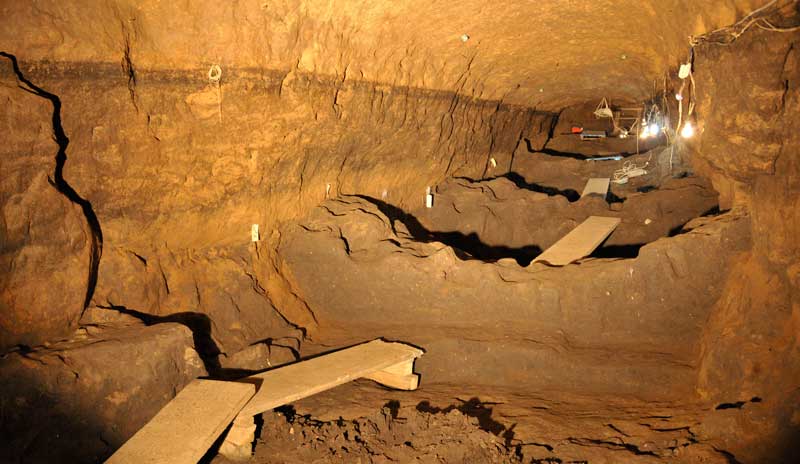
At 6 meters under the Pyramid of the Sun is a huge underground cave extended by passages leading directly to the center of the Great Pyramid. The cave, which almost certainly served as a worship place even before the construction of the site began, would be according to the natives tradition the birthplace of the Sun and the Moon. The heart of the Pyramid of the Sun would be the center of the universe and correspond to a kind of Holy of Holies.
The Avenue of the Dead
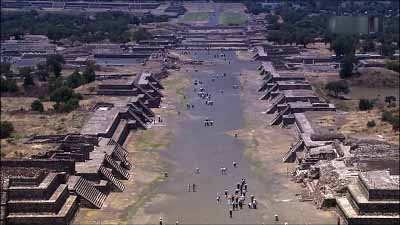
The Avenue of the Dead is the central route of Teotihuacan and extends for several kilometers. All along the path rises small platforms (or pyramid) which in all likelihood served funerary rites, hence its name of Avenue of the Dead. Symbolically, the Avenue of the Dead connected the pyramids of Teotihuacan, the sky or divine constructions, to the residential districts, earth.
A strange ending
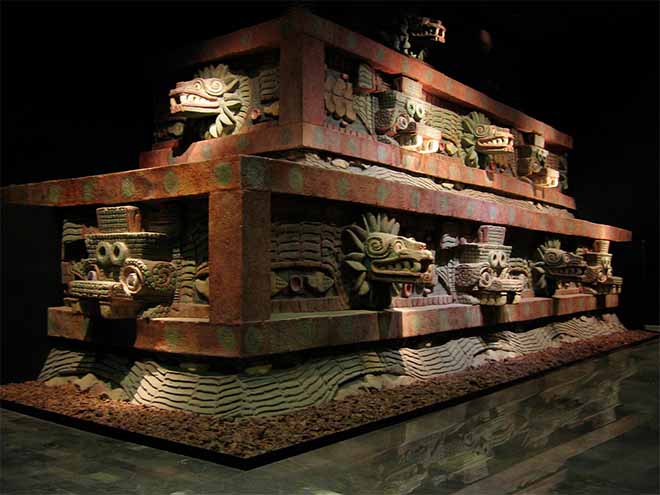
Teotihuacan flourished for nearly seven centuries because of the Obsidian but around 700 was completely extinct. The most convincing theory is that of bloody intestine wars and many charred bones found in Teotihuacan seem to confirm this idea.









































































































































































































































































































































